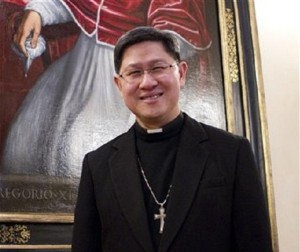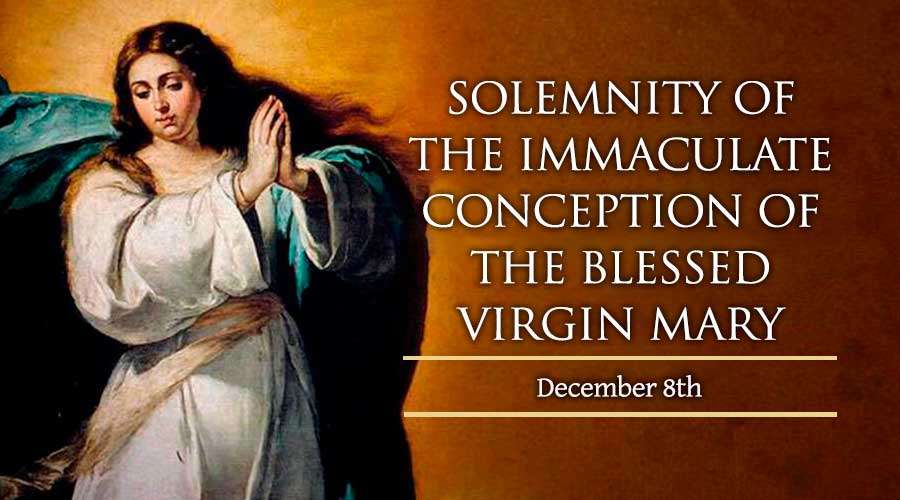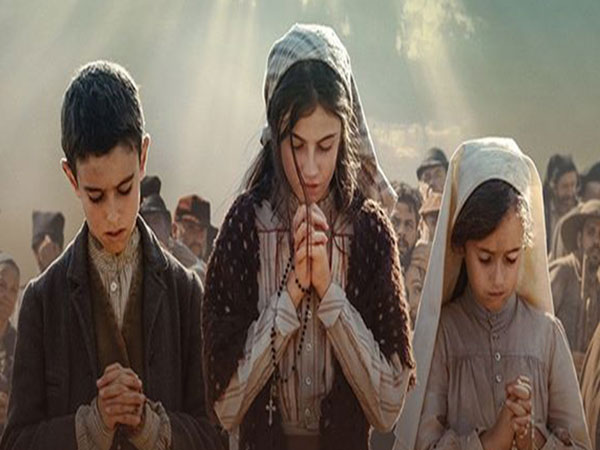Christianity is a dying relic of an ancient past. The Internet is killing it. Science is killing it. Western sophistication is killing it. Right?
Wrong.
In many ways, Christianity is on the rise as never before—worldwide, and in America. Here are the ways we can tell:
1. Christianity is growing by leaps and bounds worldwide.
The research shows Christian numbers rising, not falling worldwide. “Christianity should enjoy a worldwide boom in the coming decades, but the vast majority of believers will be neither white nor European, nor Euro-American,” writes Philip Jenkins of Baylor University, author of “The Next Christendom.”
In America, this will mean that as white descendants of Europeans fall off a demographic cliff, they will be replaced by the growing Southern Christian and Catholic populations.
2. Nominal Christianity is dead — and that’s a good thing.
Meanwhile, in America, research showing that Christian numbers are tanking is a little misleading. What it really shows is a fall in the number of people who call themselves Christians but have never darkened the door of a Church. We no longer feel we have to dishonestly mark the “Christian” box, and we now feel it’s OK to be honest and mark the “atheist” box—but this shows health rather than weakness.
It is an interesting dynamic: In the West, the nominal Christianity that was inherited unthinkingly is disappearing and in the East and South, real Christianity is a rapidly growing grassroots movement. Books like God’s Century by Monica Duffy Toft of Public Policy at the John F. Kennedy School of Government and God Is Back by John Micklethwait and Adrian Wooldridge of The Economist are trying to figure out what that will mean.
3. The Church is promoting the sacraments.
But the nominal Catholic rate still causes problems. We know various polls place Mass attendance at various small percentages. What we don’t know is the extent to which they merely show that nominal Catholics still mark “Catholic” on polls.
Another thing we also know is that the Church is promoting the first necessary step to increased Mass attendance: confession. The Vatican’s 24 hours for the Lord March 13-14 is doing this church-wide, seeing promotions pay off in Great Britain, while events such as Chicago’s Festival of Forgiveness and Philadelphia’s confession push are doing the same in America.
4. Eucharistic Adoration is on the rise.
A good measure of whether Catholics are more than nominal is Eucharistic adoration. To spend time with Jesus Christ is the very definition of a Christian, after all. Adoration is offered at 7,094 U.S. parishes as listed by RealPresence.com. In 2005, that website’s president, Mike Mortimer, estimated that there were 715 perpetual adoration chapels in America. The Vatican now estimates that there are 1,100 perpetual adoration chapels in America.
The worldwide church is led by a man who prays a daily Eucharistic hour and the Church in America is actively promoting Eucharistic adoration through events like the Eucharistic Adoration Novena.
5. Catholic youth movements have never been stronger.
A movement’s future is only as strong as its next generation, and so for Catholicism to have a future it has to have a youth movement. Catholicism does. Our most recent World Youth Day attracted 3.7 million — one of the 30-year event’s largest gatherings ever.
At home, we see a pro-life force largely led by young American Catholics, which dwarfs almost every other activist movement. Tens of thousands of Catholic young people descend on Washington each January for the March for Life, and you can add to that the young people at the 115 smaller marches for life throughout the United States and the nationwide life chain events in October.
6. … and the Catholic youth movements are linked to higher education.
When I went to college, people referred to “the hardcore four” or “thriving five” Catholic colleges faithful to the magisterium. Now I work at a college and we continually hear new stories of schools trying to reclaim their Catholic identity in order to compete. Today, the National Catholic Register’s latest Catholic Identity Guide lists more than 30 schools that are promoting the strength of their Catholic identity.
At the same time, new Catholic centers at state schools are trying to make inroads in hostile environments that dismantle students’ faith: The Seek 2015 conference of FOCUS (The Fellowship of Catholic University Students) attracted nearly 10,000 college students this year.
7. New, young vocations.
Another phenomenon you can’t help but notice in Catholic circles is hidden from official numbers: the new young vocations. We see them at Benedictine College all the time — in our classrooms, in our Abbey, and among our alumni. But because of the huge numbers of elderly priests and nuns, the total numbers of priests and nuns keeps dropping in America.
Research does show that millennials are “even more likely” to consider vocations than the generation before them, and anecdotal evidence shows that there was a Benedict Effect before there was any Francis Effect in vocations, and that priests under 35 represent a sign of hope in the Church.
8. Strong, engaged Bishops.
Complaining about bishops is a pastime as old as the Church itself. It can be done in a helpful way (see the letters of St. Paul in your New Testament) and in an unhelpful way (as in the joke about the part of the bishop-making ceremony where the candidate’s spine is removed).
But the 21st century has seen a huge change in the way American bishops engage the world. It first became noticeable with the candidacy of John Kerry, a radically pro-abortion politician whose nominal Catholicism forced bishops to take a stand. Then came the rise of Obama and the HHS mandate — which every U.S. bishop denounced. Finally, new strong bishops are emerging from what Thomas Peters calls the “Benedict Bishop Bump.”
9. A new interest in Scripture.
Many people predicted when “The Da Vinci Code” was popular that the long-term effect of the novel’s crazy anti-Scriptural premise would be to increase interest in Scripture. That paradoxical prediction has proven true. In the wake of “The Da Vinci Code,” a new interest in Scripture can be seen in popular books, television miniseries, and major Hollywood movies.
10. The witness of the martyrs.
Last but not least by a long shot is the witness of the martyrs. The beautiful way Christians are showing their deep faith and love for Jesus Christ, as I’ve said before, will grow the Church just as it did in the former atheist communist bloc, and indeed as it did in the early Church.
The bottom line is that if Christianity is true, then we can expect it will continue to rise and not die. If it’s not true, then it will certainly die — and the sooner, the better. But since Jesus Christ really did die and rise and leave us the sacraments, don’t expect it to go away any time soon.
Tom Hoopes is writer in residence at Benedictine College in Atchison, Kansas.
POST CREDIT: http://www.newsmax.com/







